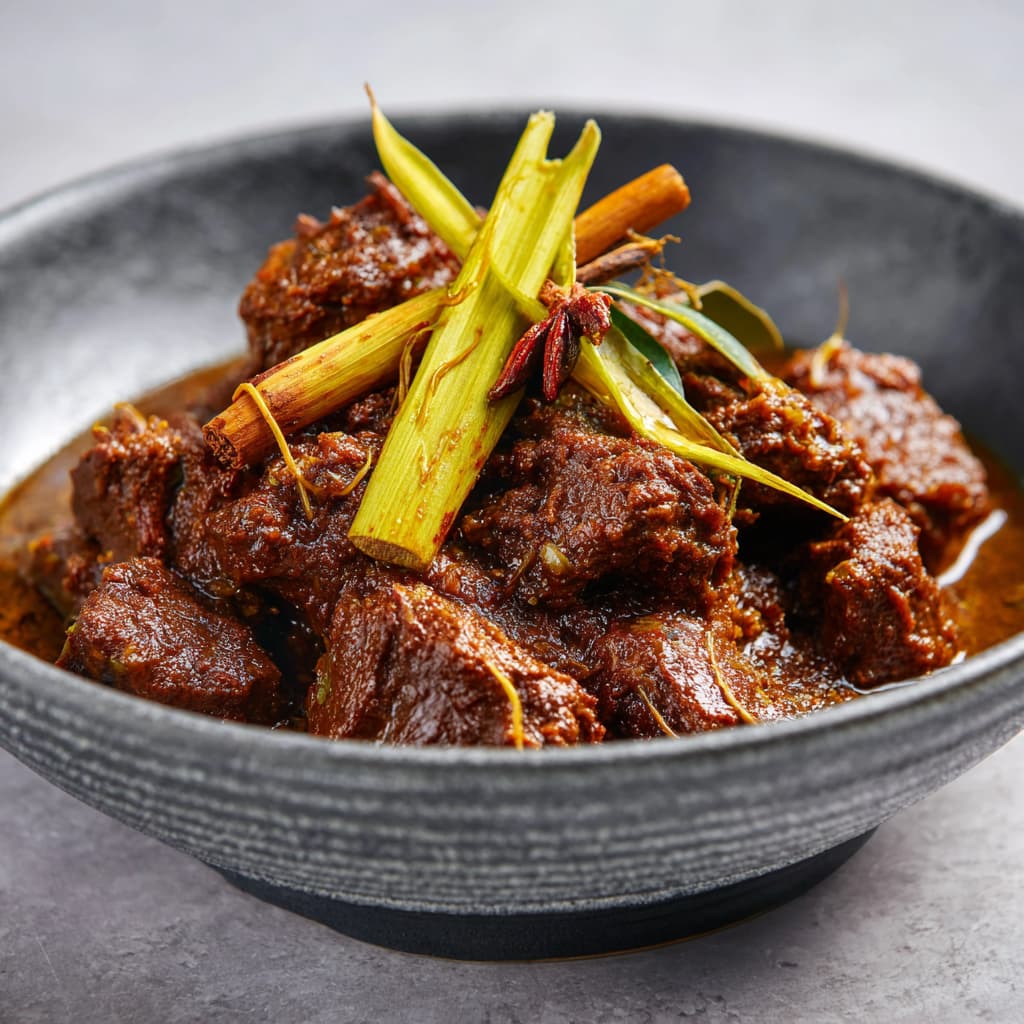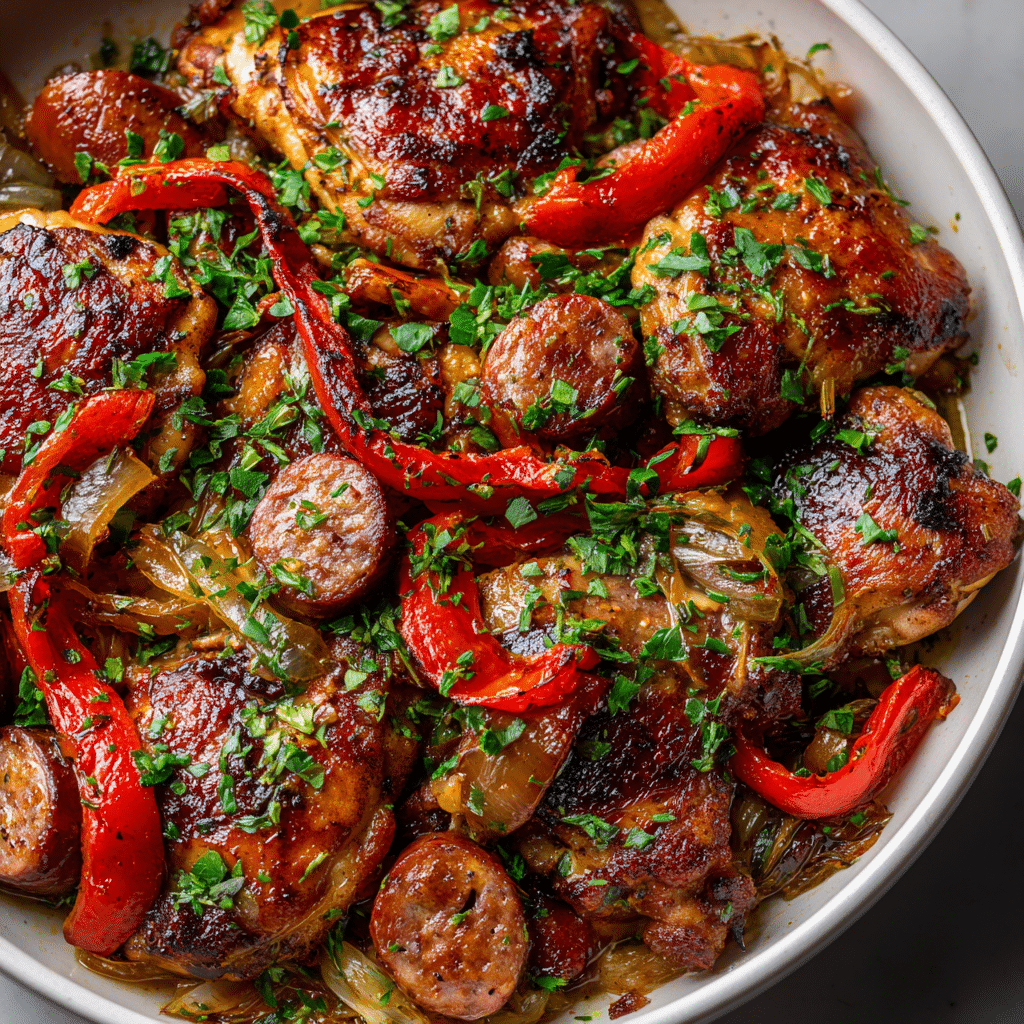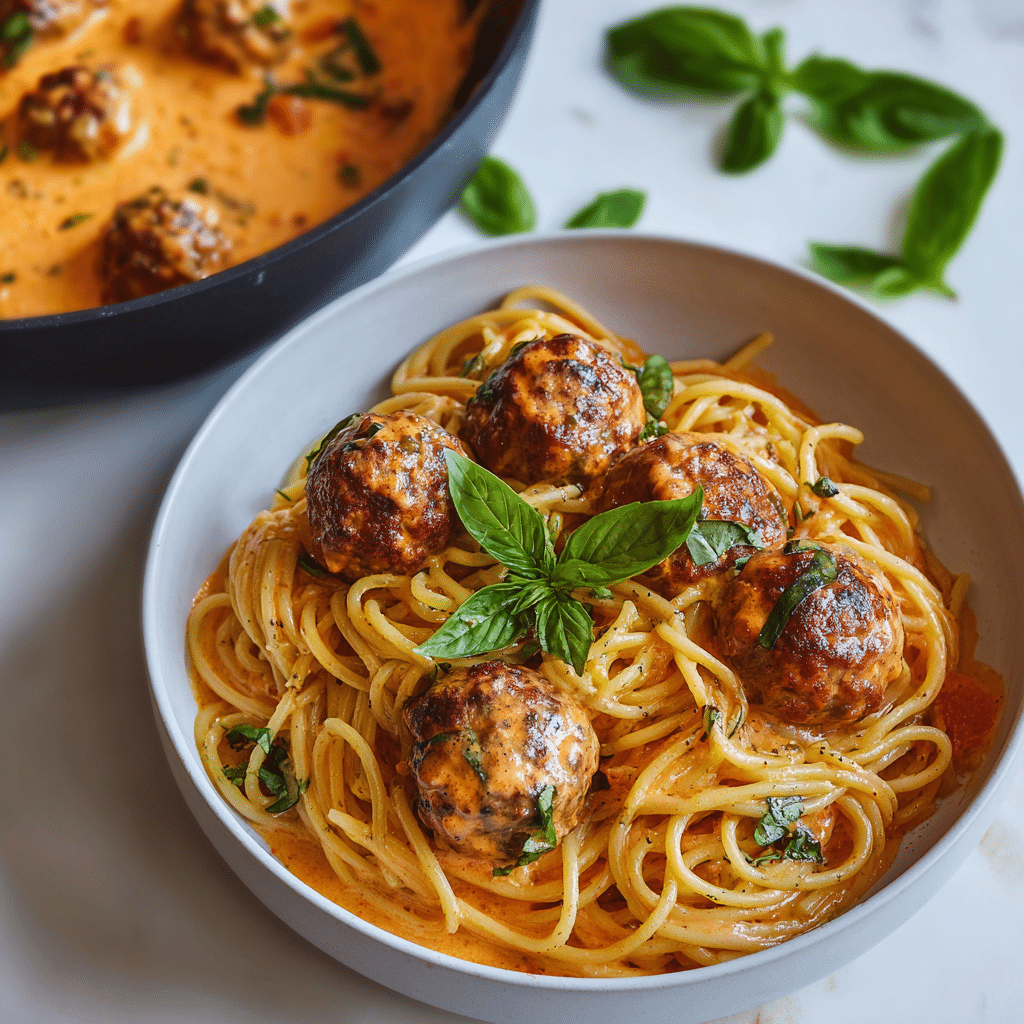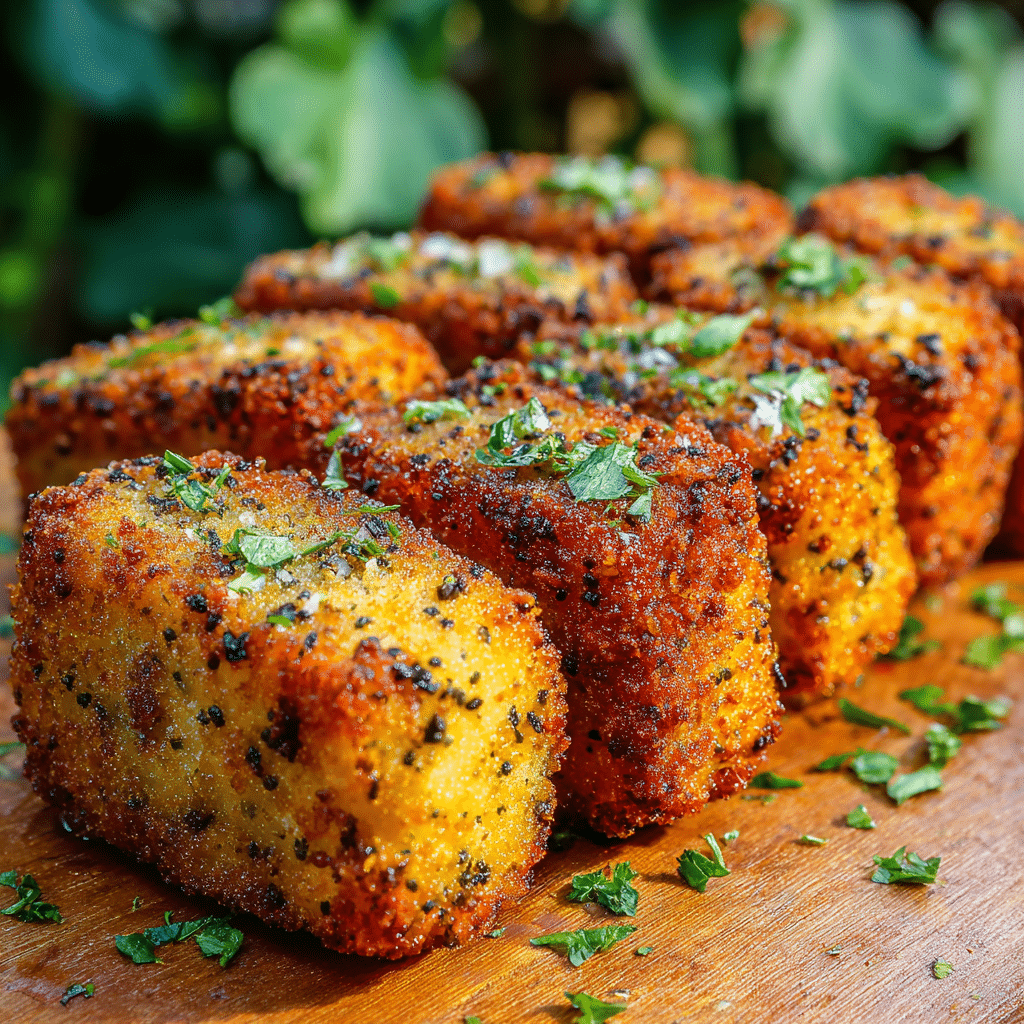When the air turns cool and you’re craving something rich, bold, and comforting, there is nothing quite like a bowl of Beef Rendang. Hailing from the Minangkabau people of West Sumatra, this Indonesian slow-cooked curry is more than just a dish—it’s a cultural symbol, a celebration of patience, and a masterpiece of layered flavor.
Whether you’re hosting a dinner party or planning a cozy weekend meal, Beef Rendang brings warmth to the table and a taste of Indonesia’s culinary soul. The first time I tasted this dish, it wasn’t just the tender beef or fragrant spices that impressed me—it was the slow, transformative process that turned humble ingredients into something truly extraordinary.
What Is Beef Rendang?
Rendang is a rich, dry-style curry made by simmering beef slowly in coconut milk and a fragrant blend of Southeast Asian spices until the liquid evaporates, and the meat is coated in a caramelized, intensely flavorful paste.
Traditionally served during ceremonial occasions, festivals, or family gatherings, rendang is a dish meant to be shared. It’s often part of nasi padang (a West Sumatran feast), accompanied by steamed rice and a variety of other side dishes.
Why You’ll Love This Beef Rendang Recipe
-
Authentic flavor: Based on traditional Indonesian methods and ingredients.
-
Unbelievable depth: Layers of spice, sweetness, and umami meld together beautifully.
-
Great for make-ahead: Gets better the next day as flavors intensify.
-
Feeds a crowd: A rich and satisfying dish that stretches well with rice.
Ingredients You’ll Need
For the Spice Paste (Base Bumbu):
-
6 shallots
-
4 cloves garlic
-
1 inch fresh ginger, peeled
-
2 inches fresh galangal (or substitute more ginger)
-
3 dried red chilies (rehydrated in hot water)
-
1–2 fresh red chilies (adjust to your spice tolerance)
-
1 teaspoon ground coriander
-
1 teaspoon ground cumin
-
1/2 teaspoon turmeric powder
For the Curry:
-
2 pounds beef chuck or stewing beef, cut into large chunks
-
2 tablespoons vegetable oil
-
2 stalks lemongrass, bruised
-
5 kaffir lime leaves (or zest of 1 lime)
-
2 Indonesian bay leaves (or substitute with regular bay leaves)
-
2 cups full-fat coconut milk
-
1 cup water
-
1 tablespoon tamarind paste (or juice of 1 lime)
-
1–2 teaspoons palm sugar or brown sugar
-
Salt to taste
-
Toasted coconut flakes (optional, for garnish)
Step-by-Step Instructions
Step 1: Make the Spice Paste
-
Combine shallots, garlic, ginger, galangal, chilies, coriander, cumin, and turmeric in a food processor.
-
Blend into a smooth paste, adding a little oil or water if needed to loosen the mixture.
Step 2: Brown the Beef
-
Heat oil in a large heavy-bottomed pot or Dutch oven over medium-high heat.
-
Brown the beef chunks in batches until a nice sear forms. Remove and set aside.
Step 3: Sauté the Spice Paste
-
In the same pot, reduce heat to medium.
-
Add the spice paste and cook, stirring frequently, for 5–7 minutes until aromatic and slightly darkened.
Step 4: Add Aromatics and Liquids
-
Return the beef to the pot.
-
Add lemongrass, kaffir lime leaves, bay leaves, coconut milk, and water.
-
Stir well to combine and bring to a gentle boil.
Step 5: Simmer Low and Slow
-
Reduce heat to low and simmer uncovered for 2.5 to 3 hours, stirring occasionally.
-
As the liquid reduces, it will thicken and begin to caramelize.
-
Stir more frequently in the final 30 minutes to prevent sticking and ensure even browning.
Step 6: Finish and Serve
-
Add tamarind paste and palm sugar to taste.
-
Season with salt, stir well, and cook until the sauce becomes thick and clings to the meat.
-
Serve hot with steamed jasmine rice, garnished with toasted coconut flakes if desired.
Tips for Perfect Rendang
1. Don’t Rush the Process
Rendang is all about slow cooking. Resist the urge to crank up the heat—patience rewards you with tender meat and deep flavor.
2. Use Full-Fat Coconut Milk
This dish relies on the richness of coconut milk. Avoid “lite” versions, which can curdle and lack the depth required.
3. Adjust the Spice
You control the heat. If you love spice, add extra chilies. Prefer it milder? Remove seeds or reduce quantity.
4. Stir Frequently at the End
As the curry thickens, it becomes more prone to burning. Use a wooden spoon and stir consistently in the final hour.
What to Serve with Beef Rendang
Rendang is traditionally enjoyed with steamed white rice, which soaks up the rich sauce. But you can also serve it with:
-
Nasi Lemak: Coconut rice with boiled egg, cucumber, and sambal.
-
Roti Canai or Paratha: Flaky flatbreads for scooping up the curry.
-
Acar: Indonesian-style pickled vegetables to balance the richness.
-
Sautéed Greens: Water spinach or bok choy with garlic and sesame oil.
How to Store and Reheat
Storage:
-
Fridge: Keeps for 4–5 days in an airtight container.
-
Freezer: Freeze portions for up to 3 months. Let cool completely before freezing.
Reheating:
-
Reheat gently over medium-low heat with a splash of water or coconut milk to loosen the sauce.
Pro Tip: Rendang tastes better the next day. The spices continue to develop and deepen in flavor.
Frequently Asked Questions
Is Beef Rendang supposed to be dry?
Yes, it’s a dry curry—meaning the sauce reduces and clings to the meat, unlike saucier Indian or Thai curries. It should be thick, rich, and almost caramelized.
Can I use chicken instead of beef?
You can! Use bone-in chicken thighs or drumsticks, but reduce cooking time to about 45–60 minutes. The dish is known as Rendang Ayam.
What if I can’t find galangal or kaffir lime leaves?
Substitute galangal with extra ginger and kaffir lime leaves with lime zest. While not identical, these swaps still provide a good flavor base.
Is this recipe spicy?
It can be! Adjust the number and type of chilies based on your heat preference. Removing the seeds will also reduce the spice level.
Cultural Significance of Rendang
Beef Rendang isn’t just a favorite dish—it’s a UNESCO-recognized cultural heritage. Traditionally, rendang symbolizes patience, wisdom, and respect. It’s often prepared during weddings, Eid celebrations, and communal events.
In Minangkabau philosophy:
-
The meat symbolizes the people.
-
The spices represent religious leaders and scholars.
-
The coconut milk symbolizes the nurturing community.
-
The long cooking time embodies patience and resilience.
Understanding rendang means understanding a part of Indonesian identity. It is both food and philosophy.
Variations of Rendang Across Southeast Asia
While Indonesia lays claim to the original, variations can be found across the region:
-
Malaysia: Usually saucier, often part of nasi lemak.
-
Singapore: Slightly milder with sweeter notes.
-
Philippines: Known as “Randang” in some Mindanao communities.
-
Thailand: Thai-style rendang may include local ingredients like Thai basil or tamarind water.
Each region adds its own twist, but the core idea—tender meat cooked in spiced coconut—remains unchanged.
Why This Recipe Belongs in Your Repertoire
-
Bold and unforgettable flavor
-
Freezer-friendly and meal-prep perfect
-
Culturally rich and historically significant
-
A dish that gets better with time
Beef Rendang invites you to slow down and savor not just your meal, but the cooking process itself. It’s perfect for those looking to expand their global culinary skills while making something undeniably delicious.
Try It This Weekend
If you’re ready to try something unique, comforting, and full of flavor, this Beef Rendang (Indonesian Slow-Cooked Curry) is the recipe for you. From its deep cultural roots to its rich, tender bite, this dish delivers a truly unforgettable culinary experience.
Cook it once, and you’ll understand why rendang is a dish that generations have treasured—and why it might just become a new favorite in your kitchen.
Print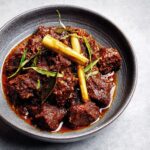
Beef Rendang (Indonesian Slow-Cooked Curry): A Deep Dive into Sumatra’s Signature Dish
- Total Time: 3 hours20 minutes
- Yield: 6 servings
Description
Few dishes capture the essence of Indonesian cuisine like Beef Rendang. Rich, tender, and bursting with layers of flavor, this dish is often prepared for special occasions, family celebrations, or festive gatherings. The slow cooking process allows the beef to soak up aromatic spices, creamy coconut milk, and toasted flavors, resulting in a curry that is both comforting and unforgettable. Traditionally served at weddings or holidays, Beef Rendang is more than just a meal—it’s a cultural treasure that warms the heart and satisfies the soul.
Ingredients
-
2 ½ lbs (1.1 kg) beef chuck or stewing beef, cut into large cubes
-
2 cans (13.5 oz each) full-fat coconut milk
-
2 cups water
-
2 stalks lemongrass, smashed
-
5 kaffir lime leaves
-
2 turmeric leaves (optional, for authentic flavor)
-
1 cinnamon stick
-
2 star anise
-
1 tbsp tamarind paste (or 2 tbsp lime juice as substitute)
-
2 tsp salt (adjust to taste)
-
1 tsp sugar
Spice Paste
-
8 shallots
-
6 garlic cloves
-
5 red chilies (adjust heat level as preferred)
-
2-inch piece fresh ginger, peeled
-
2-inch piece galangal, peeled
-
2-inch piece turmeric root (or 2 tsp ground turmeric)
Instructions
-
Prepare the spice paste by blending shallots, garlic, chilies, ginger, galangal, and turmeric until smooth. Add a splash of water if necessary to help with blending.
-
In a large heavy-bottomed pot or Dutch oven, heat a few tablespoons of oil over medium heat. Add the spice paste and cook for 5–7 minutes until fragrant and slightly darkened.
-
Add the beef cubes and stir well to coat with the spice mixture. Sear for 5 minutes to develop flavor.
-
Pour in coconut milk and water, then add lemongrass, kaffir lime leaves, turmeric leaves (if using), cinnamon stick, and star anise. Stir to combine.
-
Bring to a gentle boil, then reduce heat to low and simmer uncovered. Stir occasionally to prevent sticking.
-
Continue cooking for 2–3 hours, until the liquid reduces and thickens into a rich, dark sauce, and the beef becomes tender.
-
Stir in tamarind paste, salt, and sugar toward the end of cooking. Adjust seasoning as needed.
-
Allow the rendang to rest for 15 minutes before serving to let the flavors meld even further.
- Prep Time: 20 minutes
- Cook Time: 3 hours
